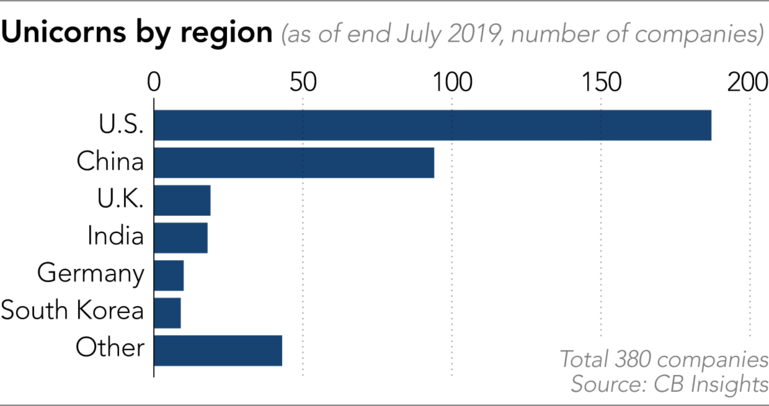Door Dash drivers are trying to beat the algorithm. When a specific meal needs to be delivered, Door Dash's algorithm will post the gig to available drivers with payment information. If no one accepts, the algorithm raises the compensation level. This is how markets are supposed to clear.
What if drivers organize to withhold their services until the rate rises enough? In labor markets, this is the main goal of employee unionization. In business markets, we call it collusion. (It is an open question if these gig workers are employees or independent contractors.) But there are a lot of drivers. It is not clear if you can get enough of them them to commit to this strategy. It is useful to employ moral suasion. The Facebook group #DeclineNow, was formed to share information and encourage compliance.
#DeclineNow has little patience for such naysayers. Users who question the $7 minimum rule are punished with suspension from the group or, as the group’s moderators like to put it, “a trip to the dungeon.” One former moderator, Josie Lindström, claims to have personally suspended hundreds of people, saying the intolerance for dissent was necessary to keep the group moving in the right direction. “It has to be all of us, or it doesn’t work,” she says. But Lindström eventually quit, citing what she described as a toxic atmosphere.





